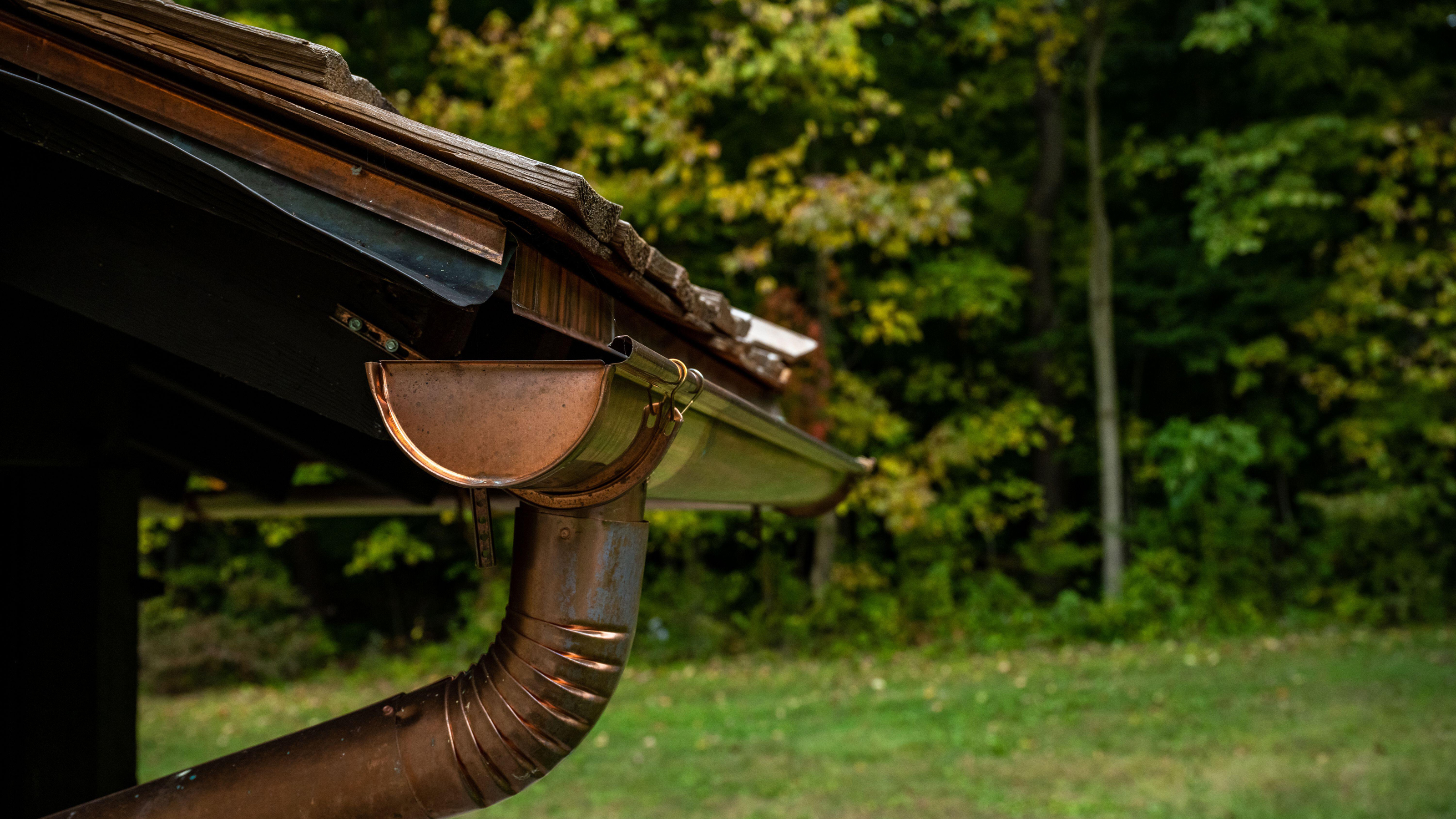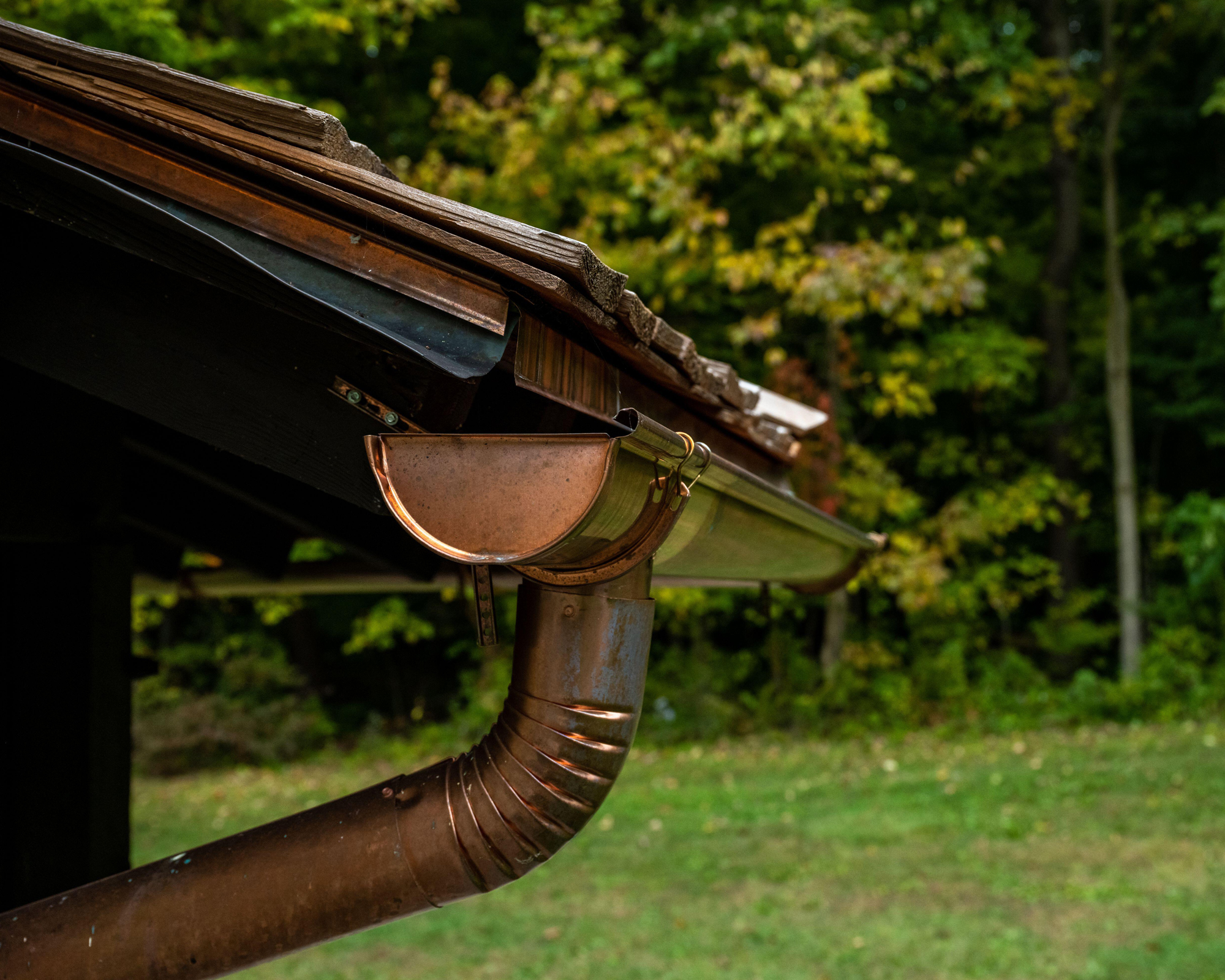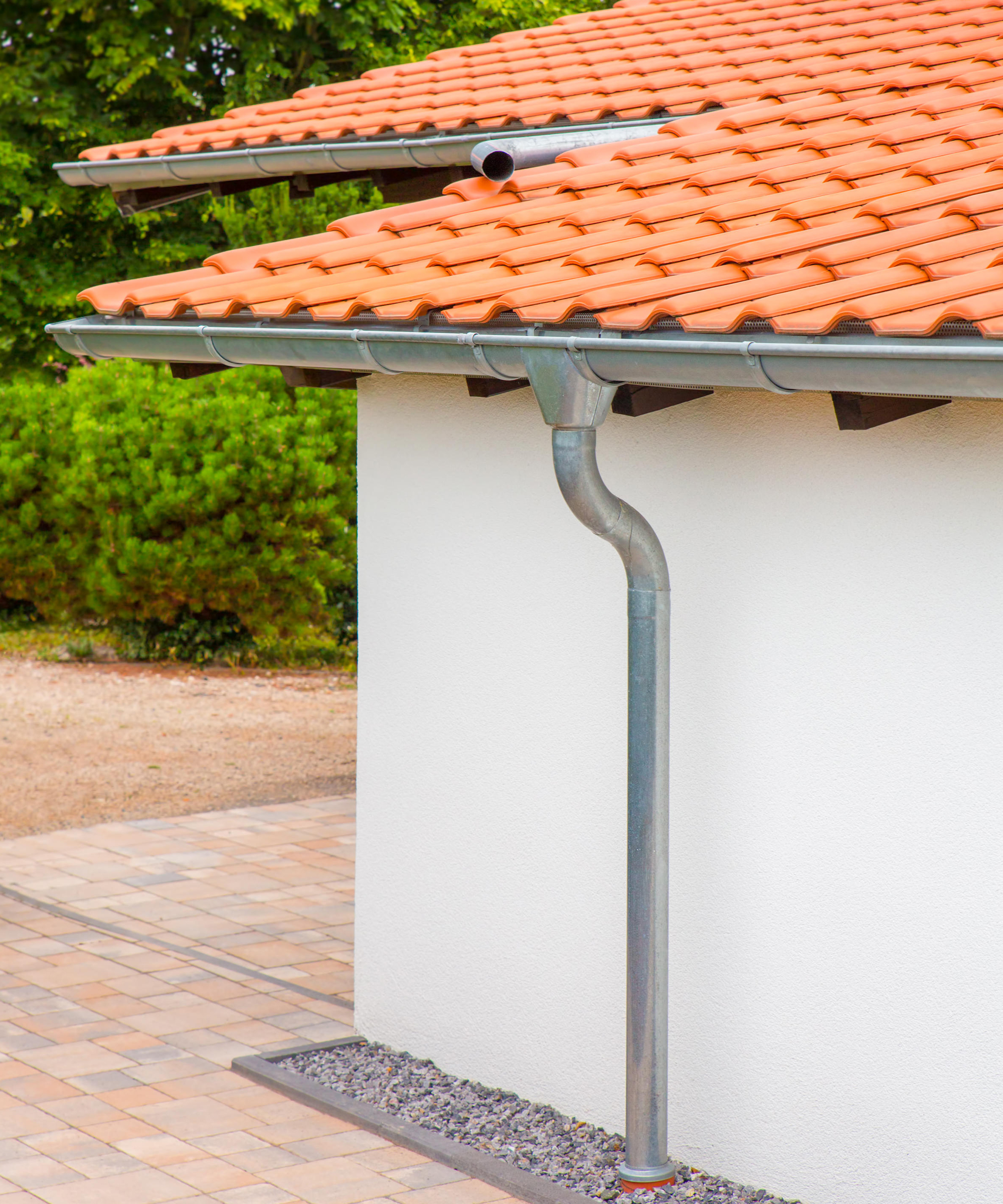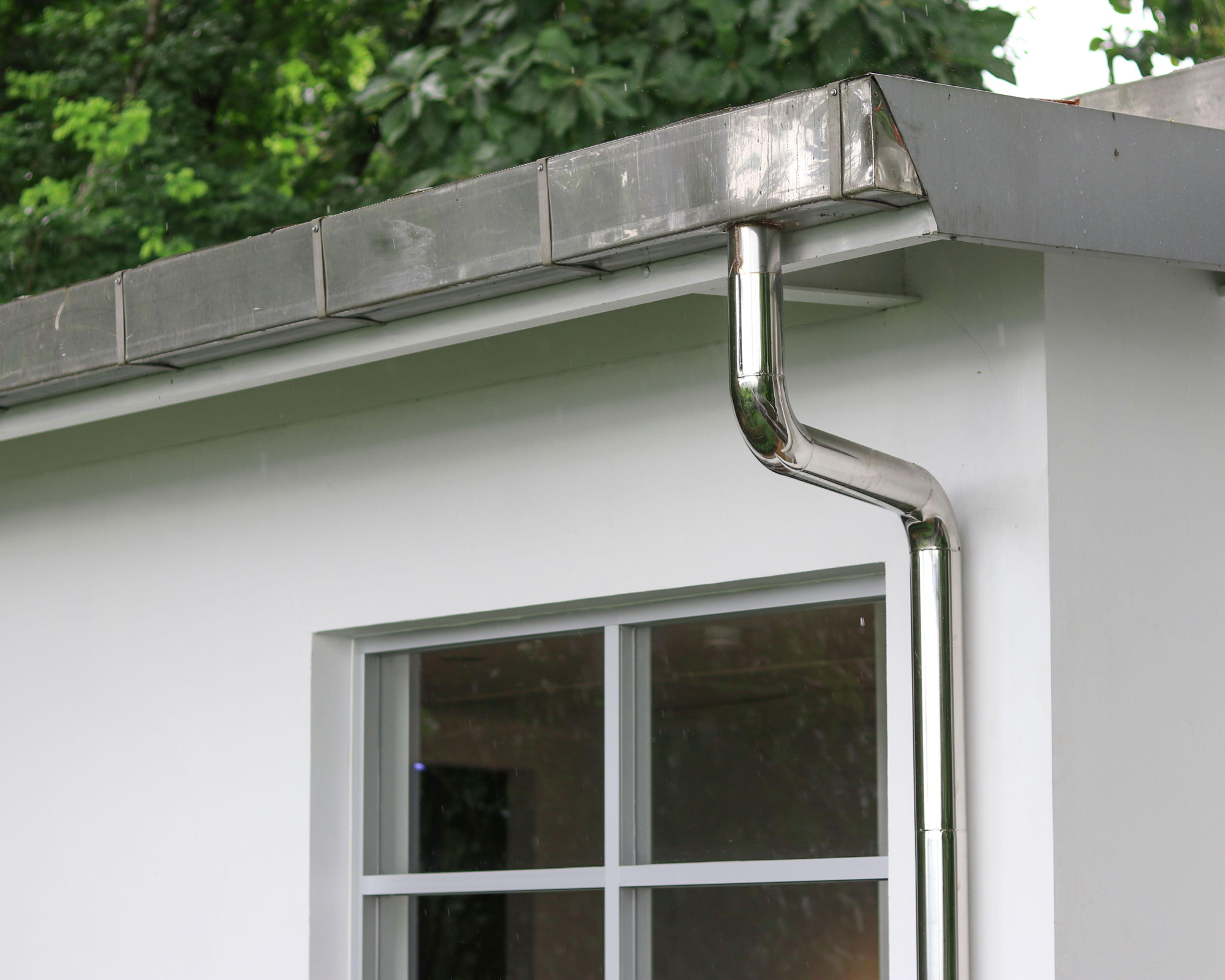Types of gutters – the major kinds of home guttering, explained
Get help deciding on the types of gutters best suited to your home with this expert advice

Knowing the different types of gutters is essential for every homeowner. Whether you are replacing old gutters or are wondering how best to maintain existing ones, understanding the different shapes, materials, and other variations available is important.
Different types of gutters have both benefits and drawbacks, and your understanding of them could be vital when repairing an old roof or keeping yours in good condition. These are the main structures and materials you should know about when it comes to guttering for your home.
Why are there different types of gutters?
Choosing between different types of gutters may not seem like the most exciting task, but gutters are essential for protecting your home from flooding. Besides, gutters do affect the exterior look of your home.
Leonard Ang, the CEO of iPropertyManagement, the online resource guide for landlords, tenants and real estate investors, explains that 'The major source of variety in types of gutters is the overall shape of the trough, how it attaches to the house, and what kinds of covers, filters, or rain baffles are included.'
Where it comes to choosing the shape of your gutters, it 'is largely an aesthetic choice', Leonard says. However, 'where the gutters attach and what kinds of other attachments are included' is 'a much more practical matter. It's important to consider expected precipitation, overhead vegetation, and height for cleaning.'
With these considerations in mind, these are the major types of gutters for houses available.

Wooden building with black steel rain gutters
Types of gutters by shape

A half-round copper gutter
There are two main types of gutters for houses that are commonly used. The first is the K-shaped gutter. According to Christ Counahan, President of gutter guard company LeafFilter, summarizes K-shaped gutters as being 'common on modern homes.' These gutters 'look like the letter “K” from the side and are widely available, making them more cost-effective.'
Get small space home decor ideas, celeb inspiration, DIY tips and more, straight to your inbox!
The second major gutter type is the half-round gutter. Chris explains that these are 'commonly seen on historical homes and have a smooth inside that makes them easier to clean.' If you are replacing gutters in a historic home, it's likely you will need this type of gutter.
You can also get box gutters. Eric Lopez, an experienced roofer and owner of San Diego-based 619 Roofing, 'box gutters are primarily used on industrial or commercial buildings, as they're bulky and designed to handle large amounts of water.' Box gutters are sometimes used on modern homes, although the K-shaped is the more common type.
Types of gutters by material

Zinc gutters with rain pipe
Once you've figured out what shape you need for your home, you'll need to consider the material of your gutters. There is a wide range of materials to choose from, each with its own pros and cons.
Aluminum is the most commonly used material for gutters. Bailey Carson, Home Care Expert at Angi, attributes the popularity of aluminum gutters to their 'low price and long life.' The pros of this gutter material is that 'aluminum gutters can last up to 25 years, are weatherproof, rust-proof and come in a variety of colors.' The con is that 'they are prone to denting or bending.' If you want to hire a professional to fit aluminum gutters, they will cost $4 and $6 per linear foot. Fit them yourself and pay between $2 and $3 per linear foot.
Copper gutters are popular primarily for their beautiful color, but they are also an excellent choice in terms of longevity – 'up to 100 years', according to Bailey. They're not cheap, either, costing from $15 to $25 per linear foot. You won't be able to fit copper gutters yourself, 'which can make them even more expensive.' The payoff? 'Copper gutters are resistant to high heat and cold temperatures.'
Steel is cheaper than copper but more expensive (and longer-lasting) than aluminum, making them a great mid-range option. There is a big price difference between galvanized steel gutter ($8-$10 per linear foot) and stainless steel gutters – $16 to $20 per linear foot. Bailey says that 'both options do really well in all types of weather and are very sturdy' but cautions that 'because steel gutters are very heavy, it’s best to hire a pro for installation.'
Vinyl is a decent material option for gutters if you are on a tight budget – they only cost $1-$2 per linear foot. Bailey recommends being fully aware of the downsides of using vynil for your gutters: this material 'fades in the sunlight and is also the least durable product when compared to other gutter materials. If you live in an area that sees a lot of wind, rain, snow, or dry heat, this might not be the best material for your gutters.'
Zinc is bit more unusual – and is almost on a par with copper for the expense, coming in at $10-$22 per linear foot. It does have its benefits – longevity is up to 50 years, and it is 'ore resistant to rust, fading and warping than other materials.' However, Bailey points out that 'zinc gutters must be welded together, so they must be installed by a pro.'
Wood is 'a rare option that can give your home a rustic look', and will not be cheap, because wood gutters 'are usually made from cedar, fir, redwood or other long-lasting woods.' Expect to pay $20-$30 per linear foot.' Bailey is not convinced by this option: 'While they can add curb appeal, wood gutters don’t last very long and are more expensive than other options.'
Types of gutters : seamed or seamless?
As Bailey explains, 'seamless gutters have become more popular recently because they come in long sheets that are custom fit to your home, making installation easier.' Seamless gutters will cost more than traditional sectional gutters, 'but will most likely last a long longer.'

Seamed aluminum gutter
What type of gutters is cheapest?
Technically, vinyl is the cheapest material you can find for your gutters – you can buy vinyl gutters for as little as $1 per linear foot. The more important question, perhaps, is whether the savings you'll make initially are worth it in the long run.
Finding a compromise between what you are prepared to pay and a gutter that will last a while is the better option. You may find that a steel gutter is the best value for money, because it will last you many decades without needing to fix guttering, but it will not be quite as expensive than copper or zinc.
If you want to save on installation costs, then you'll likely find that aluminum is your best bet – it can be installed on a DIY basis, unlike other metals that require professional installation and/or welding.
Anna is a professional writer with many years of experience. She has a passion for contemporary home decor and gardening. She covers a range of topics, from practical advice to interior and garden design.